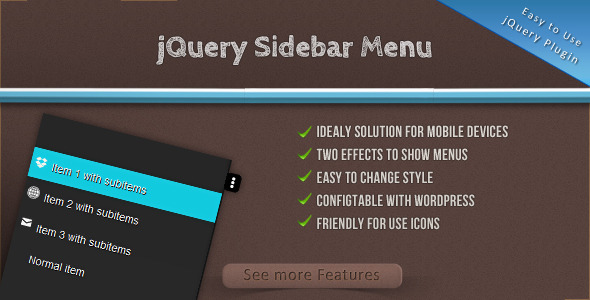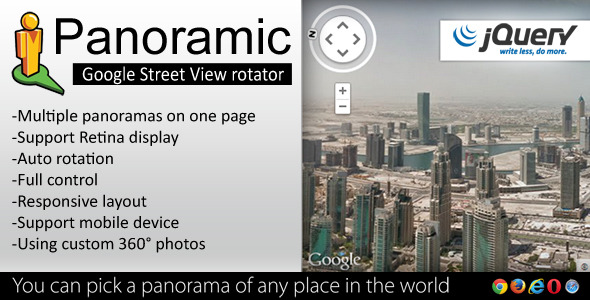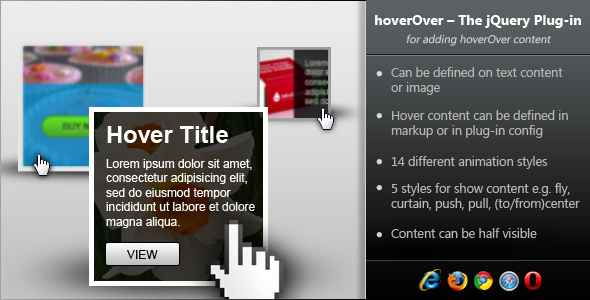
Slider Evolution is a powerful jQuery plugin designed to create stunning, responsive image sliders with smooth transition effects. This versatile solution helps web developers and designers enhance websites with interactive visual elements that capture visitor attention and improve engagement.
Key Features of jQuery Slider Evolution
This advanced slider plugin offers numerous capabilities that set it apart from basic slider solutions:
- Multiple Transition Effects – Choose from dozens of professional animations including fades, slides, zooms, and unique 3D effects
- Theme Customization – Four built-in themes (Default, Carbono, Fresh, Minimalist) with complete style control
- Unlimited Sliders – Create as many sliders as needed with independent configurations for each
- Responsive Design – Automatically adapts to different screen sizes and devices
- Touch Support – Fully functional on mobile devices with swipe gesture navigation
- Easy Implementation – Simple setup with clean markup and intuitive JavaScript initialization
Practical Applications
Slider Evolution serves multiple purposes across different website types:
E-commerce Product Showcases
Highlight featured products with high-resolution images that transition smoothly, allowing customers to view your inventory in an engaging format.
Portfolio Presentations
Creative professionals can display their work in a dynamic slideshow format that emphasizes visual impact.
Content Highlighting
Use the slider to feature important announcements, news items, or promotional content with attention-grabbing effects.
Implementation Guide
Getting started with Slider Evolution requires just a few simple steps:
- Include jQuery library (version 1.10+ or 2.0+) in your project
- Add the Slider Evolution CSS and JavaScript files
- Create your slider container element in HTML
- Initialize the slider with your preferred settings
- Customize the appearance and behavior through the extensive options
Sample Initialization Code
$(document).ready(function() {
$('#mySlider').sliderEvolution({
transition: 'fade',
autoplay: true,
delay: 5000,
navigation: true,
theme: 'fresh'
});
});
Advanced Customization Options
For developers needing more control, Slider Evolution offers numerous configuration parameters:
- Transition Timing – Adjust duration and easing of slide changes
- Navigation Controls – Customize arrow styles, position, and behavior
- Thumbnail Support – Add thumbnail navigation for better user control
- Event Hooks – Utilize callback functions for slide changes and interactions
- API Methods – Programmatically control playback (play, pause, next, previous)
Performance Considerations
To ensure optimal performance when using Slider Evolution:
- Optimize your images before uploading (recommended max width: 1920px)
- Limit the number of simultaneous sliders on mobile devices
- Use CSS hardware acceleration for smoother animations
- Consider lazy loading for sliders below the fold
Browser Compatibility
The plugin has been tested and works across all modern browsers including:
- Chrome (latest 3 versions)
- Firefox (latest 3 versions)
- Safari (latest 3 versions)
- Edge (latest 2 versions)
- Internet Explorer 9+
WordPress Integration
A dedicated WordPress version is available, offering:
- Shortcode implementation
- Visual editor integration
- Theme compatibility checks
- Widget support for sidebar placement
Support and Updates
The developer provides ongoing technical support through CodeCanyon’s messaging system. Regular updates ensure compatibility with new jQuery versions and address any reported issues. The changelog shows consistent improvements and bug fixes since the initial release.
Alternative Solutions
For users needing different functionality, the developer offers complementary jQuery plugins:
- jQuery MsgBox – Customizable alert and dialog system
- jQuery Lightbox Evolution – Advanced media lightbox solution
When implementing Slider Evolution, remember to test across devices and consider the user experience. The plugin’s flexibility allows it to adapt to nearly any design requirement while maintaining performance and accessibility standards.


